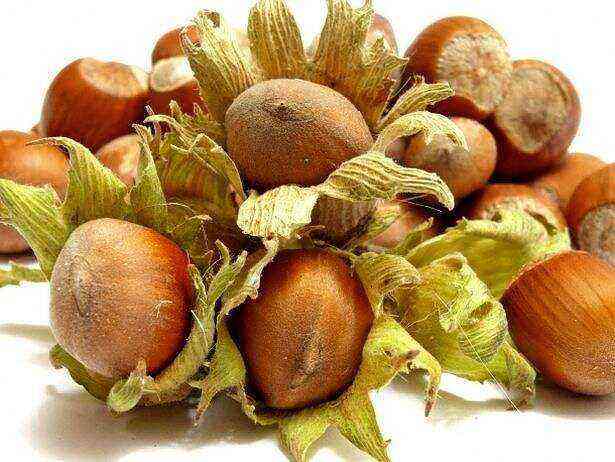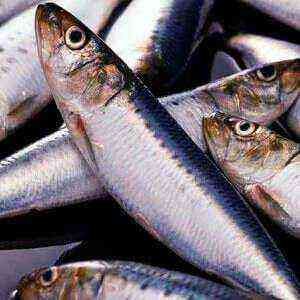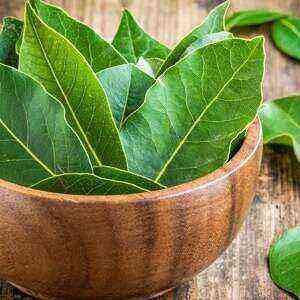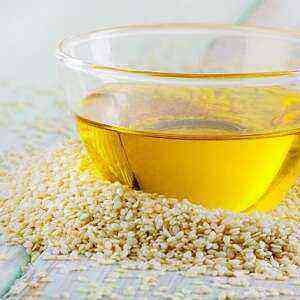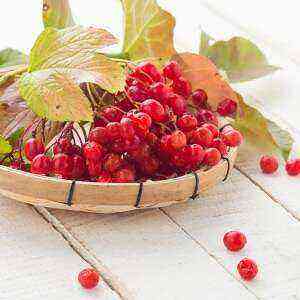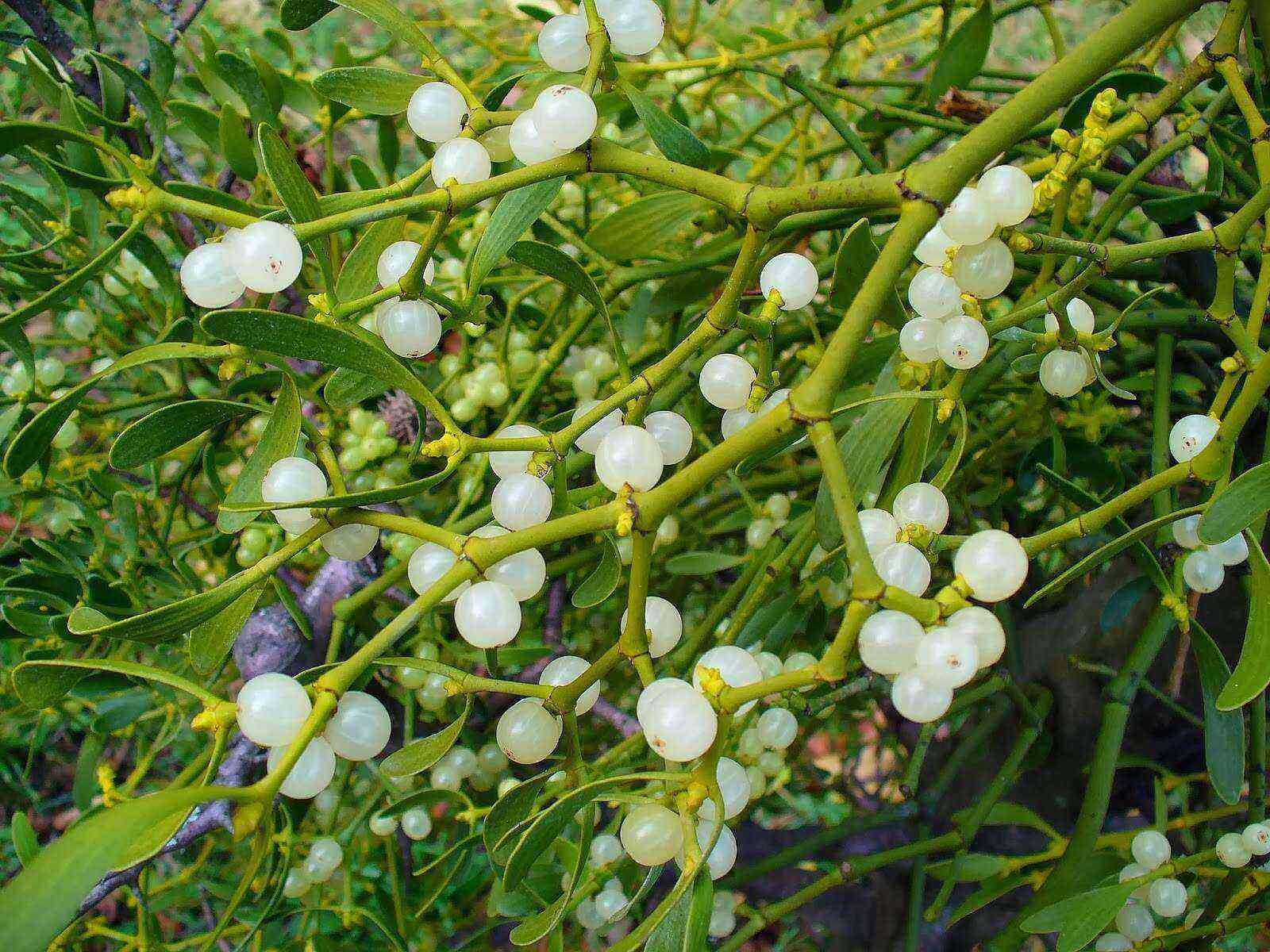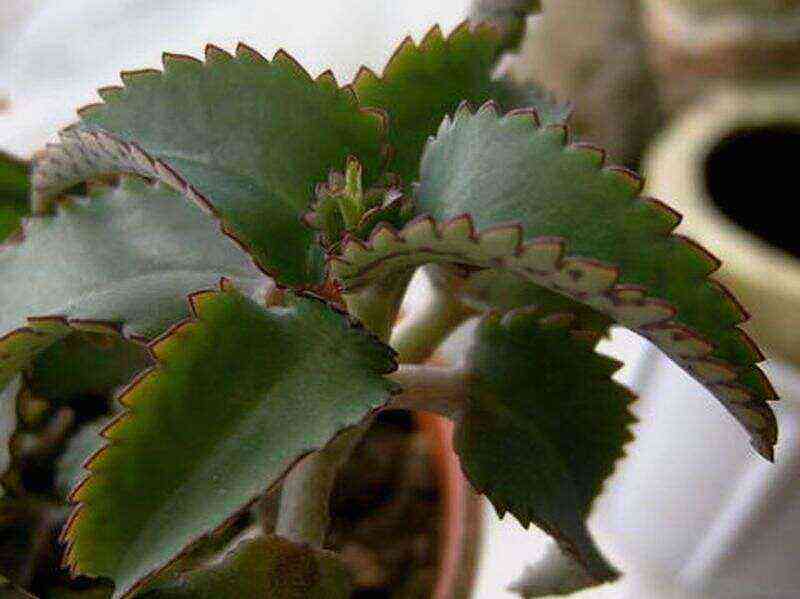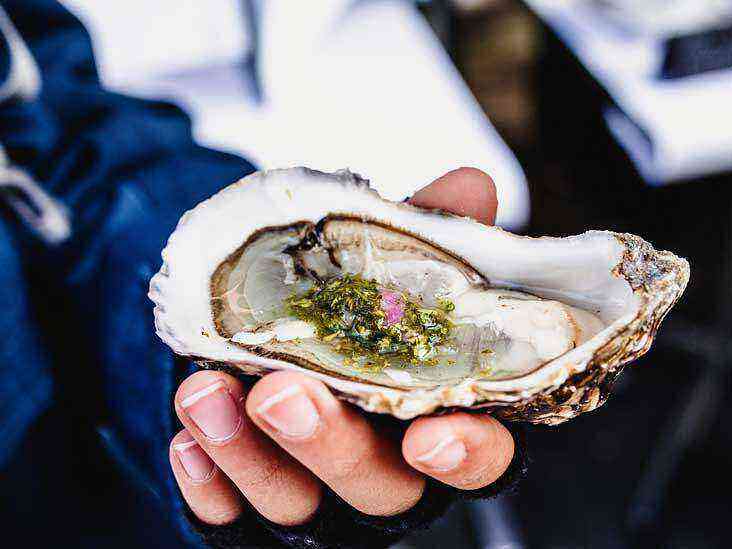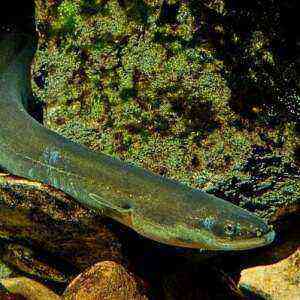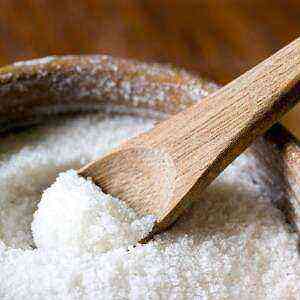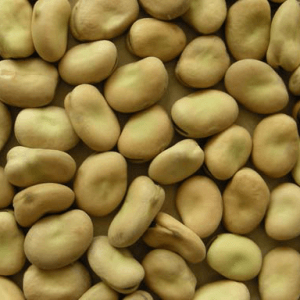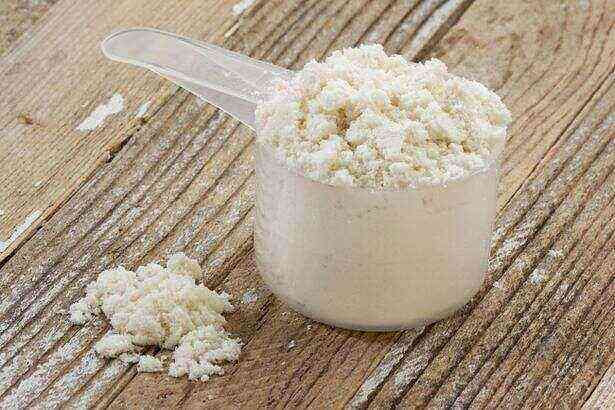
Due to its healing properties and delicate taste, capers are used in traditional medicine, beauticians and the food industry. A decoction based on color heals wounds, strengthens the heart muscle, soothes painful sensations, stimulates appetite.
World suppliers of capers – Iran, Morocco, Turkey.
Gourmets say that smaller buds have a much richer taste than large ones.
Overview
Capers is a low-calorie diet product. On 100, grams of fresh buds account for 14 calories, canned – 23 calories. Due to their low energy value, they can be consumed by obese people.
The leaves of the capers are whole, elliptical, petiolate, covered with wax, light green color. Perennial shrub blooms from May to October. The buds open in the morning and close at noon. Flowers solitary, on long stalks of lilac shade. Fruits – fleshy, green oval, contain brown bud-shaped seeds.
How do buds turn into a delicacy?
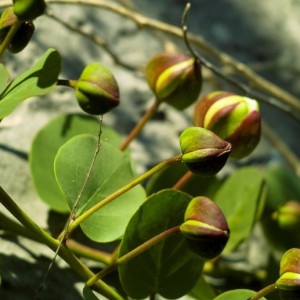
Kidney collection occurs in May-June, fruits – July-August, roots – September-October.
Capers do not require special care and financial costs, while the best varieties give the same income as grapes. One mature plant “brings” 3 kilograms of buds per season. The greatest value is provided by small dense ovaries, not more than 1 centimeter in length. Fresh caper berries resemble the taste of watermelon, juicy and sweet, pickled – sour, tart, spicy, slightly bitter.
In cooking, they are used to add notes of spice to the first dishes (soups, soups, borscht), salads, sauces, meats and fish, desserts.
Useful and harmful properties
Capers have hepatoprotective, hepatostimulating, laxative, diuretic, astringent, antiseptic and analgesic actions.
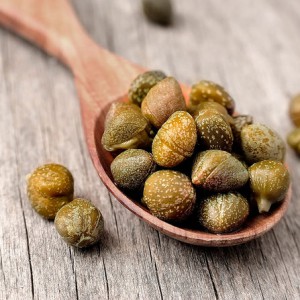
- positive effect on the cardiovascular system;
- normalizes cholesterol levels;
- improves brain function;
- soothes the nervous system;
- strengthens the immune system;
- maintains water-salt balance in the norm;
- improves nutrient absorption;
- prevents the development of iron deficiency anemia;
- cleans the intestines from decay products;
- eliminates neurosis and hysteria.
Kapernik buds are used to treat paralysis, rheumatism, allergies, diathesis. Broth bark used for toothache, catarrhal aches, diseases of the spleen. The juice from the flowers has a healing effect. A decoction of the leaves is indicated for jaundice, neurosis, brucellosis, scabies, hypertension. Kapersniki fruits are used as a natural anti-inflammatory agent for diseases of the thyroid gland, teeth, gums and flatulence. If you have a headache, it is recommended to chew the seeds of the plant, they will relieve unpleasant sensations.
Infusion of caper bark
To prepare the healing drug 15 grams of dry crushed bark, pour 500 with milliliters of boiling water, cover the container with a towel, leave for 2 hours, then strain the infusion. Direction of use: on 100 milliliters before meals three times a day.
 Decoction of the roots of caper plant
Decoction of the roots of caper plant
Connect 15 grams of dry plant roots with 200 milliliters of water. Put the mixture in the water bath, heat the 15 minutes. Cover and leave for half an hour. Strain. Take 15 milliliters in the morning, afternoon, evening.
Decoction of caper leaves
Shred the leaves of the plant (5 grams), cover with purified water (200 milliliters), boil 6 minutes, then infuse 2 hours. At the expiration of the specified time, strain the broth. Drink 30 milliliters before taking 3 food once a day.
In large quantities, caper buds cause bloating, nausea. Direct contraindication to the use of flowers of the plant is an individual intolerance to the product. It is not recommended to use thorny shrub buds for people with increased sexual excitability, suffering from constipation or hypotension, since they exacerbate the course of these diseases.
Chemical composition
Capers are rich in organic acids, fiber and nutrients.
The seeds of the buds contain 35% fatty oil, the stem is mustard oil, and the flowers contain 25% proteins, vitamins A, B, C, E, calcium, iodine, magnesium and 3% triglycerides.
Any heat treatment kills all the nutrients in the product.
Capers are used in canned form. They are used as a flavor addition to fish, salads, meat, fish. In addition, the buds are added to cold, hot snacks, marinades, pizza, pasta, sauces. Canned capers are used to add a spicy flavor to olive oil. Pounded and crushed flowers of the plant are added instead of spices and seasonings at the end of cooking.
Table No. 1 “Nutritional value of canned capers”
Components
Content in 100 grams of product
Calories 23 calories Water 83,85 grams Carbohydrates 1,69 grams Mono- and disaccharides 0,41 grams Phytosterols 0,048 grams Dietary fiber 3,2 grams Proteins 2,36 grams Fats 0,86 grams Saturated fatty acids (myristic, palmitic, stearic) 0,233 grams Monounsaturated fatty acids (gadoleic, oleic, palmitoleic) 0,063 grams Polyunsaturated fatty acids (arachidonic, docosapentaenoic, linoleic, linolenic) 0,304 grams
Table № 2 “The chemical composition of canned capers”
Name
Nutrient content in 100 grams of product, milligrams
Vitamins
Ascorbic acid (C) 4,3 Pantothenic acid (B5) 0,027 Tocopherol (E) 0,88 Riboflavin (B2) 0,139 Choline (B4) 6,5 Phylloquinone (K) 0,0246 Thiamine (B1) 0,018 Beta-carotene (A ) 0,083 Nicotinic acid (PP) 0,652 Pyridoxine (B6) 0,023 Folic acid (B9) 0,023
Macronutrients
Калий
40
Фосфор
10
Кальций
40
Магний
33
Натрий
2964
Trace Elements
Железо
1,67
Медь
0,374
Цинк
0,32
Марганец
0,078
Селен
0,0012
Interestingly, capers contain 12 times more ascorbic acid (vitamin C) than raspberries. Plant buds are an excellent aphrodisiac that stimulates sex drive. In addition to nutrients, capers include essential oils, enzymes, pectin, which normalize metabolic processes in the body.
Use in cooking

In cooking, plant buds are rarely used entirely. As a rule, they are crushed, ground with salt, herbs for even distribution throughout the dish. Capers are added at the end of cooking. So they retain their flavor and aroma.
Pickled buds are removed from the marinade immediately before use, then soaked or washed intensively under cold water to remove excessive amounts of salt.
Canned capers are in harmony with anchovies, fish, meat, cheeses, pasta, seafood, olives, tomatoes, dill, onions, eggs, butter, vegetable oil, sweet pepper, celery, tarragon, pickles. It is an ideal ingredient for creating cold and hot appetizers, dressings, sauces. Sometimes it is added to cocktails, pastries.
What can replace capers?
Seeds and buds of nasturtium have a similar taste.
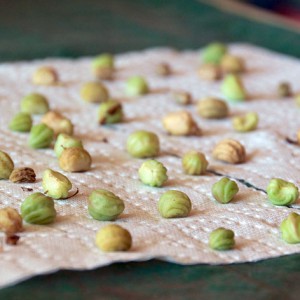
- Rinse, dry unopened buds and immature nasturtium seeds.
- Add the salt.
- Cover the container with a lid, place it in the dark locally on the 24 hour.
- Spread the seeds and buds in jars.
- Prepare the marinade: 50 grams of granulated sugar will be required per liter of boiled water, 6 milliliters of table vinegar, 15 milliliters of salt, 10 grams of salt, bay leaf, allspice and black peas.
- Pour nasturtium marinade. Close the cans, remove for 14 days. After 2 of the week, you will get ready spicy seasoning for the first and second courses.
The classic recipe for pickling capers:
- Mix olive oil with thyme, rosemary, oregano and heat in a water bath.
- Drain the capers from the store marinade.
- Rinse and dry the buds, add them to the fragrant oil mixture.
- Leave marinated capers on 2 – 3 of the day. After the 48 hours, they will get rid of the characteristic factory tone, acquire a spicy traditional taste and aroma.
Interestingly, capers are one of the ingredients of the classic “Olivier” salad, which were eventually replaced by pickles.
Useful Tips
Small caper buds with a diameter up to 6 millimeters are of the greatest nutritional value.
- The best way to store the color of the plant is marinade, the bottom of the second place is pickling.
- Observe moderation in the use of capers, they can cause bloating and vomiting.
- To preserve vitamins, macro-and micronutrients, as well as essential oils, add fruits immediately before cooking.
- To stimulate appetite, eat 2 capers before meals.
- If you add fruit in the process of cooking, do not salt the food.
- Before buying canned food, read the composition, capers should come first, then spices. If the label says that the product contains nasturtium, it is better to refuse to purchase such a product. It’s a fake copy. Under the guise of an expensive delicacy, they are trying to sell you a cheap version of capers “for the poor.”
- Keep the buds in the marinade, before use – rinse. The shelf life of an open can with capers is 2 of the month. Do not consume stale product, as it can cause indigestion, indigestion, intoxication and flatulence.
Conclusion
Capers are natural antioxidants that support the body’s youth. This is a storehouse of useful compounds: they contain fatty acids, glycosides, enzymes, pectin, quercetin, kapparidin, dietary fiber, carbohydrates, proteins, essential oils, saponins. The plant buds contain vitamins A, B, C, E. K and minerals – potassium, phosphorus, iron, calcium, magnesium, sodium, manganese, selenium, iodine, zinc, copper.
The juice of capers accelerates the healing of wounds, the infusion and decoction from the branches, the young leaves of the plant improves the condition of patients with diabetes. Bark from fresh roots helps with toothache, the presence of inflammation in the mouth. In addition, capers lower blood pressure, relieve symptoms of neurosis, normalize cardiovascular activity.
Shoots, fruits, buds of plants are added to food to enhance the flavor and taste of meat, fish dishes, sauces, marinades, dressings, solyanka. They give spiciness and sourness to food.
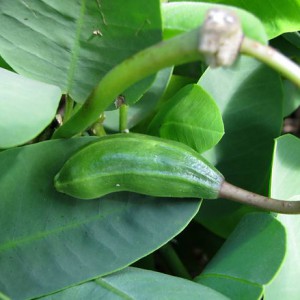 Decoction of the roots of caper plant
Decoction of the roots of caper plant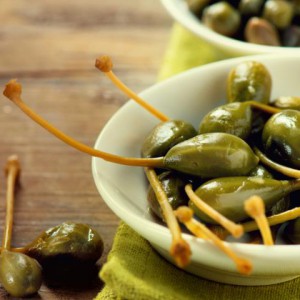 Small caper buds with a diameter up to 6 millimeters are of the greatest nutritional value.
Small caper buds with a diameter up to 6 millimeters are of the greatest nutritional value.

